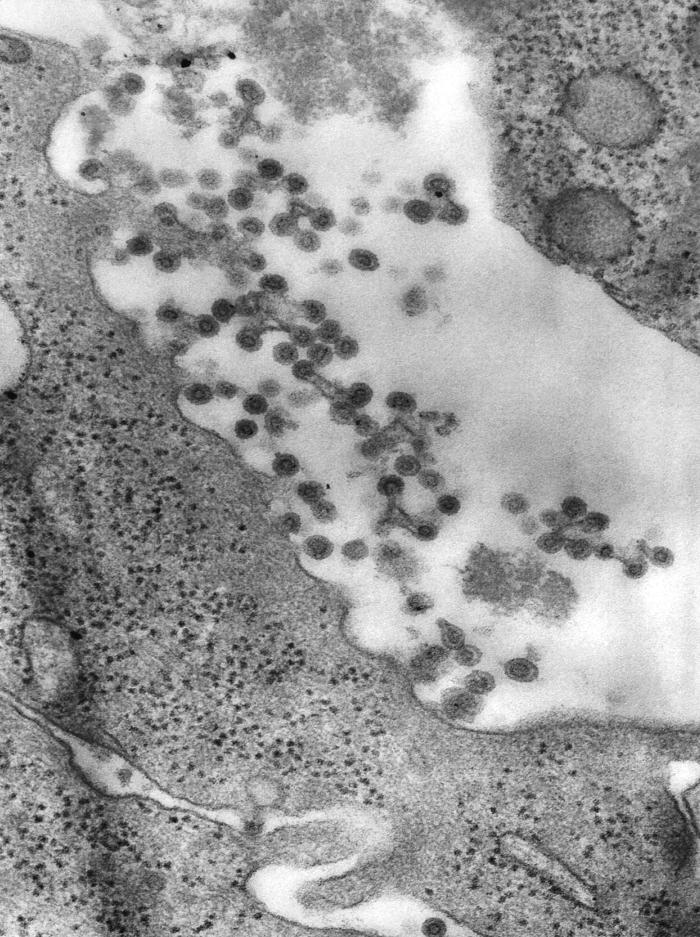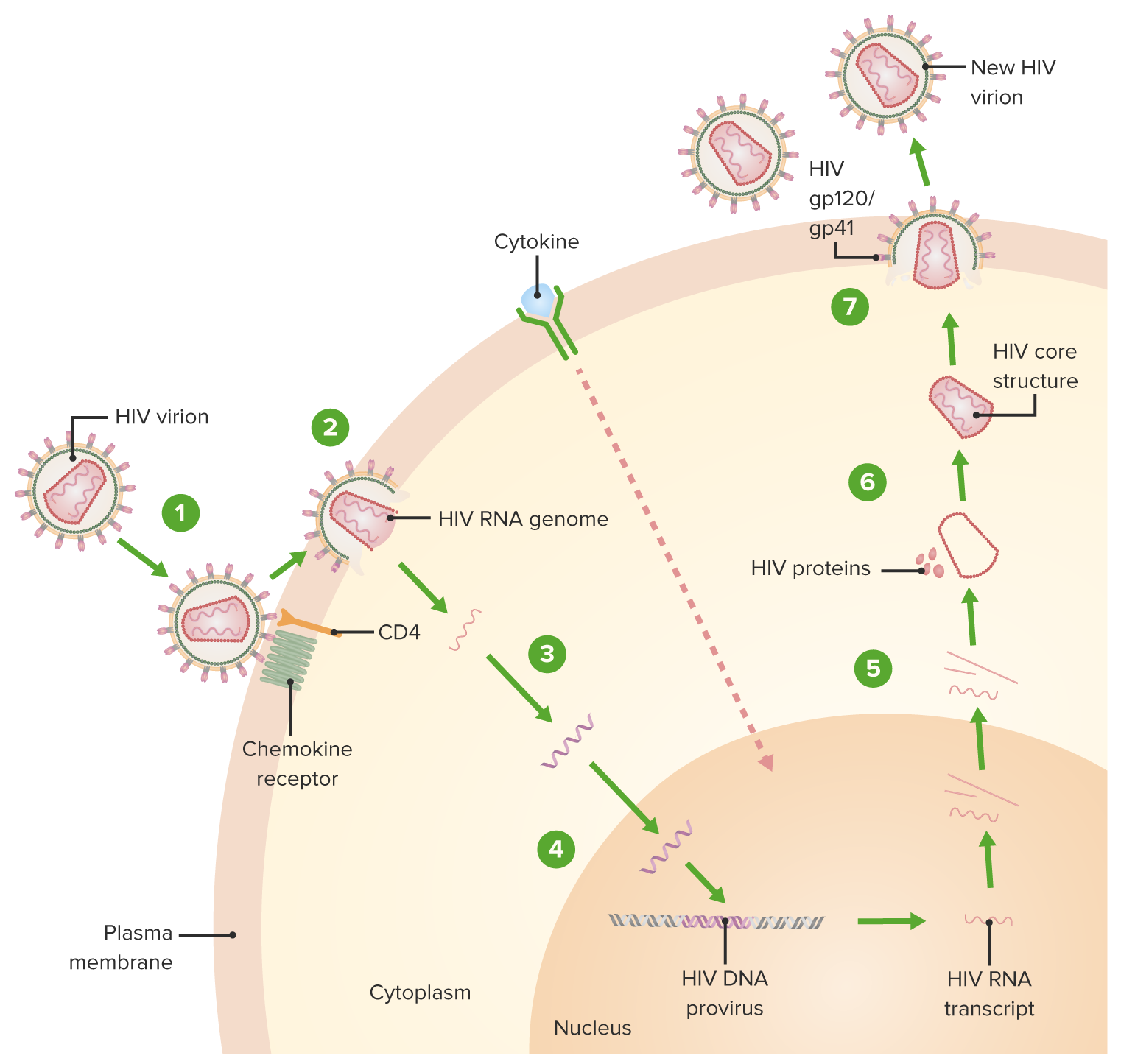Playlist
Show Playlist
Hide Playlist
HIV in Infants: Perinatal Transmission and Management
-
Slides TORCH Pediatrics.pdf
-
Download Lecture Overview
00:01 Let’s switch now to HIV HIV is also on at increasing prevalence in pregnant women in the United States and worldwide. 00:14 Sometimes people feel like HIV is getting less frequent in the United States because we’re doing a better job of providing condoms. 00:21 But remember, the patients with HIV now are getting excellent care in the U.S. 00:26 and they aren’t dying and they may go on to get pregnant. 00:29 So actually, the rates in pregnant women are going up. 00:33 Thus, transmission rates are important to keep track off. 00:38 A patient is more likely to acquire transmission of HIV in utero if the mother’s viral load is high. 00:47 On average, if the mother is not aware of her disease or is not treated, which is one in four HIV positive Americans. 00:57 A quarter of those babies will go on to acquire HIV. 01:01 However, if we find out the mother is positive just at the time of delivery, we can intervene with the baby and provide HIV medications and reduce that transmission rate to 6%. 01:14 And if we’re aware of mom’s status while she’s pregnant, we can drop that all the way down to less than 2%. 01:21 So undiagnosed babies with HIV really don’t need to occur if we’re routinely screening pregnant women, but it does happen. 01:32 And undiagnosed babies usually present a little bit later on in life with opportunistic infections or failure to thrive. 01:40 So all women need to be routinely tested during pregnancy, all of them. 01:46 Rich or poor or black or white, it doesn’t matter. 01:50 We need to test every one for HIV. 01:53 Routine screening of infants at birth for mothers who are not tested, further prevents infection in two ways. 02:02 First, it dramatically raises the rate at which women get tested and it then catches those babies who are missed and reduces their risk of infection from 25% to 6%. 02:14 And rapid testing is effective in infants. 02:18 So we can check real quick. 02:21 If a mother is exposed, we should test the infant with quantitative PCR at regular intervals to wait and see if this child turns positive. 02:31 Remember that even if the baby doesn’t have HIV and the mother does, that baby may have a positive antibody test as long as 18 months after delivery because mom’s antibodies can persist in the baby because of transplacental spreads for a long period of time. 02:51 How do we treat babies? We give them HAART therapy. 02:55 We do that for confirmed, infected infants. 02:58 During delivery, we will give mothers AZT and that can reduce transmission. 03:04 Also, if a mother is known to have a high viral load, we may proceed directly to C-section to reduce risk to the infant. 03:12 Exposed infants will get AZT orally for six weeks after birth. 03:18 And infants will get trimethoprim sulfamethoxazole prophylaxis until the HIV status is known to be negative.
About the Lecture
The lecture HIV in Infants: Perinatal Transmission and Management by Brian Alverson, MD is from the course Neonatology (Newborn Medicine). It contains the following chapters:
- HIV
- Rubella
- Congenital CMV
Included Quiz Questions
What is the best way to reduce HIV transmission in newborns in the US?
- Routine maternal testing during pregnancy.
- Routine C-section delivery.
- Withhold HAART therapy until delivery.
- Bactrim prophylaxis during pregnancy.
- Testing the baby at birth and treat if positive within 6 hours of birth.
Customer reviews
5,0 of 5 stars
| 5 Stars |
|
1 |
| 4 Stars |
|
0 |
| 3 Stars |
|
0 |
| 2 Stars |
|
0 |
| 1 Star |
|
0 |
Excellent lecture as usual: easy to understand, easy to remember.






